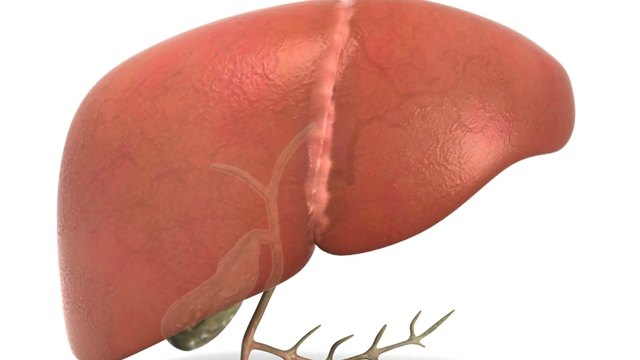Highlights
- •NR1H4/FXR is highly expressed in stellate cells of human and murine liver
- •NR1H4 binding motifs are highly enriched in stellate cell accessible chromatin
- •The NR1H4 agonist Obeticholic acid upholds expression of stellate cell identity genes
- •Stellate cell-confined expression of GSPCR VIPR1 is attenuated in NASH liver
- •cAMP induces stellate cell expression of homeostatic factor GDF2 in vitro and in vivo
Abstract
Background & Aims
Metabolic dysfunction-associated steatohepatitis (MASH) is linked to insulin resistance and type II-diabetes and marked by hepatic inflammation, microvascular dysfunction, and fibrosis, impairing liver function and aggravating metabolic derangements. Liver homeostatic interactions disrupted in MASH are still poorly understood. We aimed to elucidate the plasticity and changing interactions of non-parenchymal cells associated with advanced MASH.
Methods
We characterized a diet-induced mouse model of advanced MASH at single-cell resolution and validated findings by assaying chromatin accessibility, bioimaging of murine and human liver, and by functional experiments in vivo and in vitro.
Results
The fibrogenic activation of hepatic stellate cells (HSCs) led to deterioration of a signaling module consisting of the bile-acid receptor NR1H4/FXR and HSC-specific GS-protein-coupled receptors (GSPCRs) capable of preserving stellate cell quiescence. Accompanying HSC activation, we further observed the attenuation of HSC Gdf2 expression, and a MASH-associated expansion of a CD207-positive macrophage population likely derived from both incoming monocytes and Kupffer cells.
Conclusion
We conclude that HSC-expressed NR1H4 and GSPCRs of the healthy liver integrate postprandial cues, which sustain HSC quiescence and through, paracrine signals, overall sinusoidal health. HSC activation in MASH hence not only drives fibrogenesis but may desensitize the hepatic sinusoid to liver homeostatic signals.
Impact and Perspectives
Homeostatic interactions between hepatic cell types and their deterioration in Metabolic Dysfunction-Associated Steatohepatitis (MASH) are poorly characterized. In our current single cell-resolved study of advanced murine MASH we identified a quiescence-associated hepatic stellate cell-signaling module with potential to preserve normal sinusoid function. As expression levels of its constituents are conserved in the human liver, the signaling module may be amenable to therapeutic stimulation for restoration of sinusoid function in chronic liver disease.







